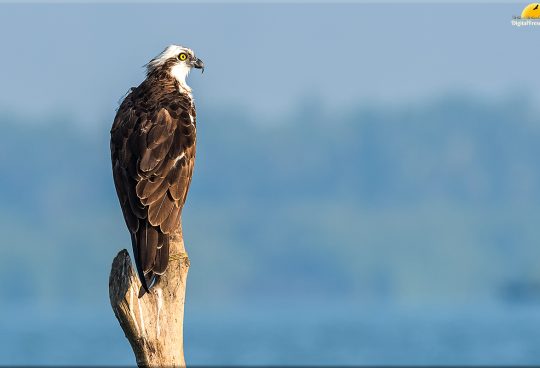The blue whistling thrush (Myophonus caeruleus) is a whistling thrush present in the mountains of Central Asia, China and Southeast Asia. It is known for its loud human-like whistling song at dawn and dusk. The widely distributed populations show variations in size and plumage with several of them considered as subspecies. This whistling thrush is dark violet blue with shiny spangling on the tips of the body feathers other than on the lores, abdomen and under the tail. The wing coverts are a slightly different shade of blue and the median coverts have white spots at their tips. The bill is yellow and stands in contrast. The inner webs of the flight and tail feathers is black. The sexes are similar in plumage. Like others in the genus, they feed on the ground, often along streams and in damp places foraging for snails, crabs, fruits and insects.
The blue whistling thrush is usually found singly or in pairs. They hop on rocks and move about in quick spurts. They turn over leaves and small stones, cocking their head and checking for movements of prey. They feed on fruits, earthworms, insects, crabs and snails. Snails and crabs are typically battered on a rock before feeding. In captivity, they have been known to kill and eat mice and in the wild have been recorded preying on small birds. Not globally threatened. Common in most of range wherever watercourses present. In Afghanistan, one of commonest species along rivers and side-streams in Nuristan. It is classified as least concern by IUCN.
![]()






Sorry, the comment form is closed at this time.